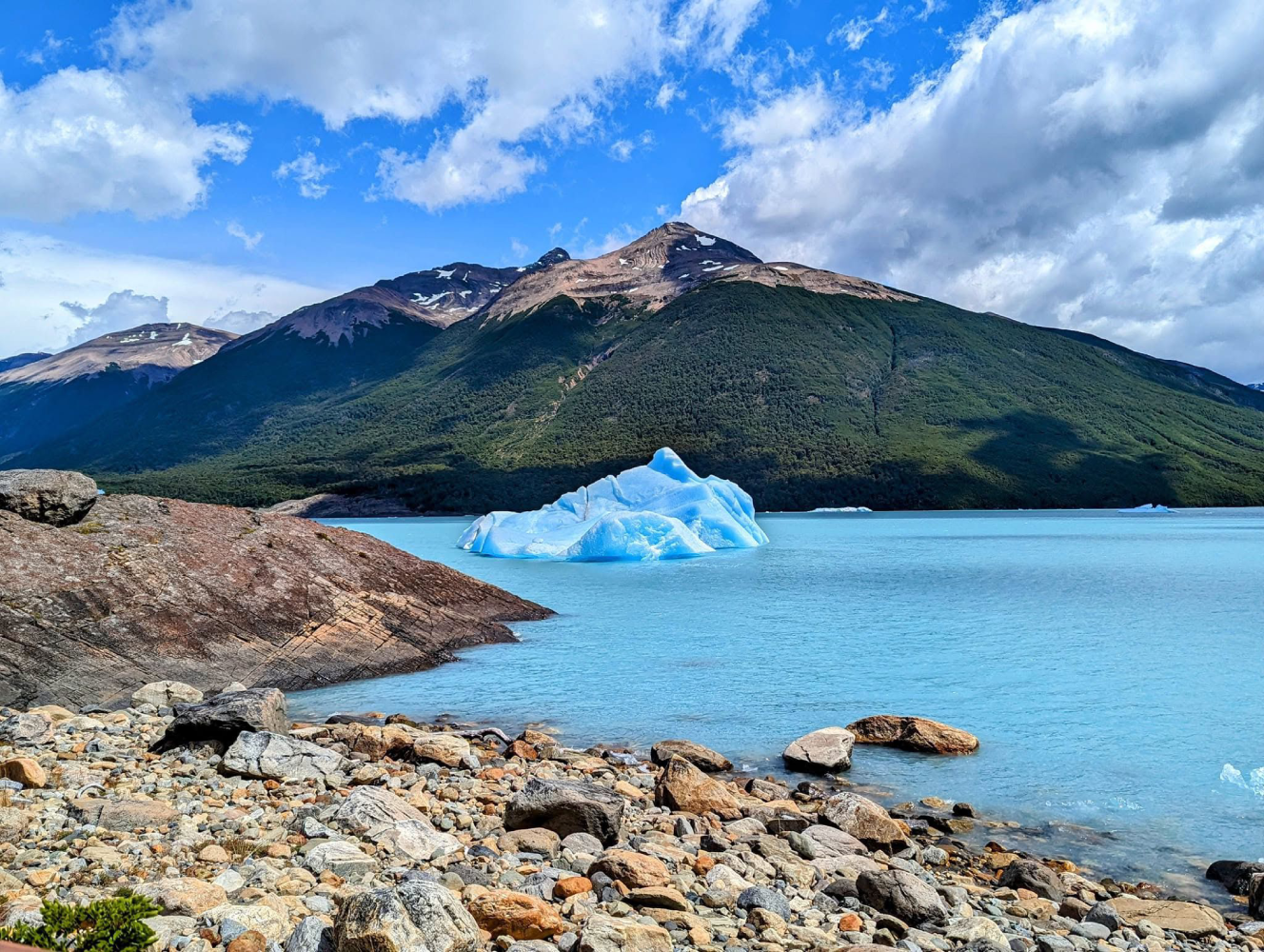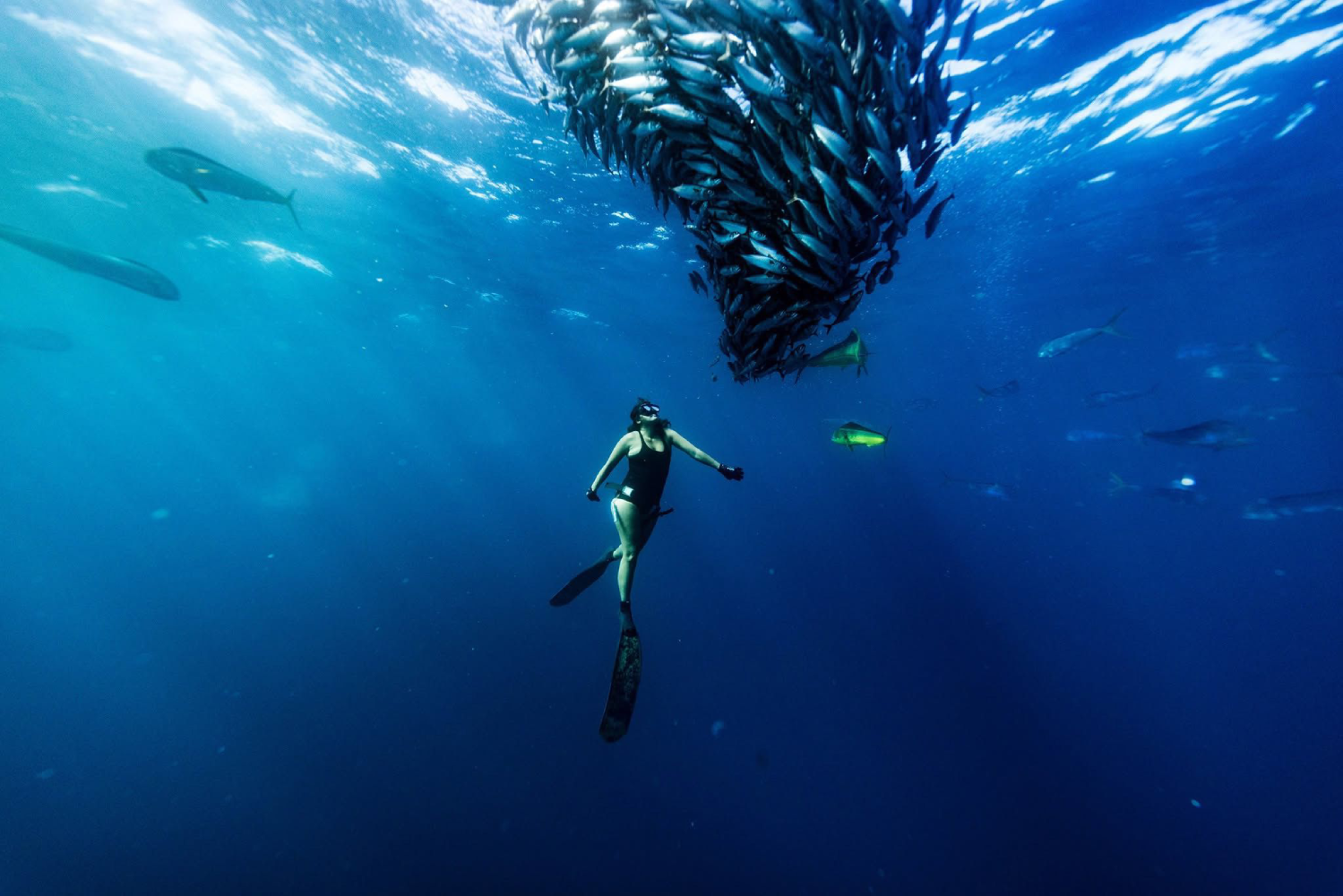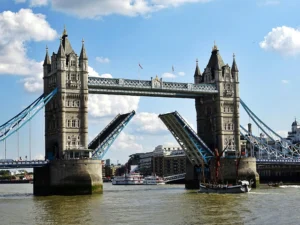Patagonia travel offers a unique opportunity to explore one of the most remote and rugged regions of the world, spanning both Argentina and Chile. With its pristine landscapes and abundant wildlife, Patagonia is a dream destination for nature lovers and adventurers alike.
Patagonia’s Majestic Landscapes: A Must-See for Patagonia Travel Enthusiasts
Patagonia travel is synonymous with awe-inspiring natural beauty. This remote region is famous for its dramatic landscapes, including the towering peaks of Torres del Paine National Park. The park’s jagged granite formations and vivid turquoise lakes serve as a backdrop for countless outdoor adventures, making it an essential destination for those who seek both adventure and breathtaking scenery.
Explore the Wilderness: A Perfect Destination for Patagonia Travel

When considering Patagonia travel, one of the highlights is undoubtedly the Perito Moreno Glacier. This massive ice field is one of the few glaciers in the world still advancing. Visitors have the rare opportunity to see its towering ice walls up close, either by hiking on the glacier’s surface or by taking boat trips to witness massive chunks of ice calving into the water.
For those drawn to Patagonia travel, the region’s diverse terrain, from the lush forests to the arid steppes, offers endless opportunities for hiking and exploration. Tranquil mountain lakes, ancient forests, and roaring rivers can all be found along the many scenic trails that wind through this remote land.
Rich Wildlife Encounters Await in Patagonia Travel

Patagonia is a wildlife paradise, offering Patagonia travel enthusiasts the chance to encounter unique species in their natural habitats. Guanacos graze on the open plains while Andean condors soar overhead. The area’s rivers and lakes host a variety of waterfowl, including flamingos and rare bird species, making it a birdwatcher’s dream.
Patagonia travel also offers the rare opportunity to witness marine life. On the coast, Magellanic penguins breed, and visitors may even spot whales breaching the ocean’s surface.
Cultural Heritage of Patagonia: Experience Local Life During Patagonia Travel
While Patagonia travel often focuses on the natural wonders of the region, the cultural heritage is equally rich. Indigenous peoples, such as the Mapuche and Tehuelche, have lived in Patagonia for centuries, and their traditions continue to shape the region’s folklore, art, and daily life.
Throughout your Patagonia travel, you’ll encounter museums, festivals, and local crafts that reflect this cultural fusion. The area’s culinary offerings also showcase indigenous influences, with many dishes incorporating local ingredients like lamb, seafood, and fresh produce from the region.
Sustainable Travel in Patagonia

Given its increasing popularity, responsible and sustainable Patagonia travel is more important than ever. Choosing eco-friendly accommodations that utilize renewable energy and support local conservation efforts is a great way to minimize your environmental footprint. Many lodges and hotels in Patagonia are committed to waste reduction and environmental protection.
Visitors to Patagonia can contribute by supporting conservation organizations and engaging in activities like tree planting or wildlife monitoring. Following Leave No Trace principles while hiking and camping will also help protect the area’s delicate ecosystems, ensuring that future generations can enjoy the beauty of Patagonia travel as well.
Preparing for Your Patagonian Adventure

A journey to Patagonia requires careful planning to make the most of your experience. The region’s vast and varied terrain means that activities and accommodations can vary widely, so it’s important to consider your interests and physical abilities when planning your trip.
For outdoor enthusiasts, investing in quality gear and clothing suited to Patagonia’s unpredictable weather is essential. Layers, waterproof jackets, and sturdy hiking boots are recommended to ensure comfort and safety during your adventures. It’s also helpful to research and book guided tours or excursions in advance, as many popular activities, such as glacier trekking or wildlife watching, require reservations.
Travelers should also be aware of the best times to visit Patagonia. The peak tourist season runs from November to March, when the weather is generally warmer and more favorable for outdoor activities. However, this is also the busiest time, so planning ahead is crucial to secure accommodations and activities. The shoulder seasons, spring and fall, offer a quieter experience with fewer crowds and stunning seasonal changes in the landscape.
Conclusion
Patagonia is a destination like no other, offering a rich tapestry of natural beauty, wildlife, and cultural heritage. Its dramatic landscapes, diverse ecosystems, and unique cultural influences create an unparalleled experience for nature lovers and adventure seekers. By embracing sustainable travel practices and preparing thoughtfully for your journey, you can enjoy all that Patagonia has to offer while contributing to the preservation of this extraordinary region. Whether you are hiking through ancient forests, marveling at glacier vistas, or immersing yourself in local traditions, Patagonia promises an unforgettable adventure that will leave a lasting impression.






